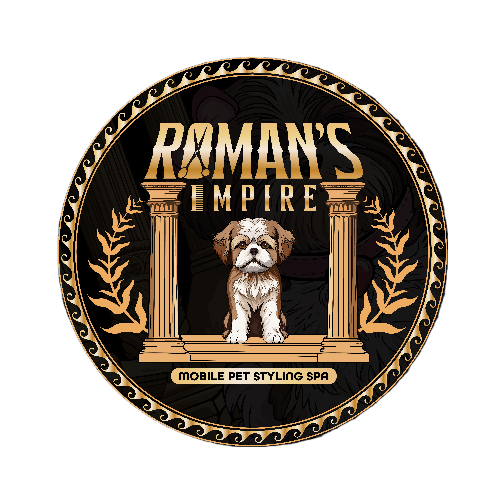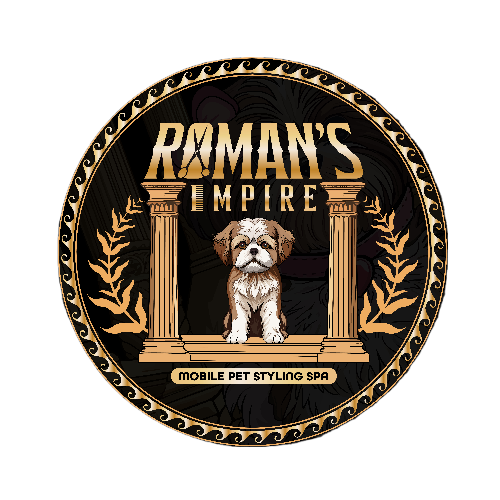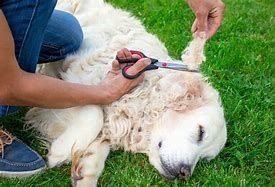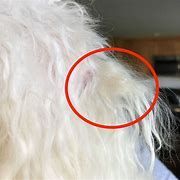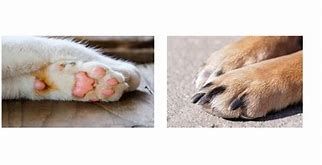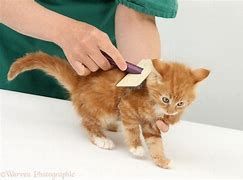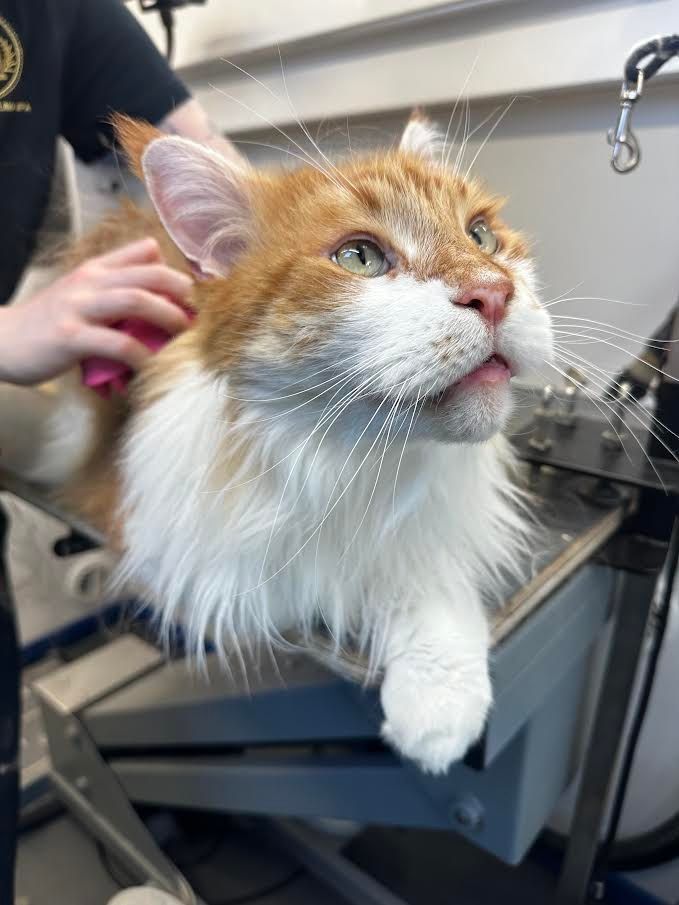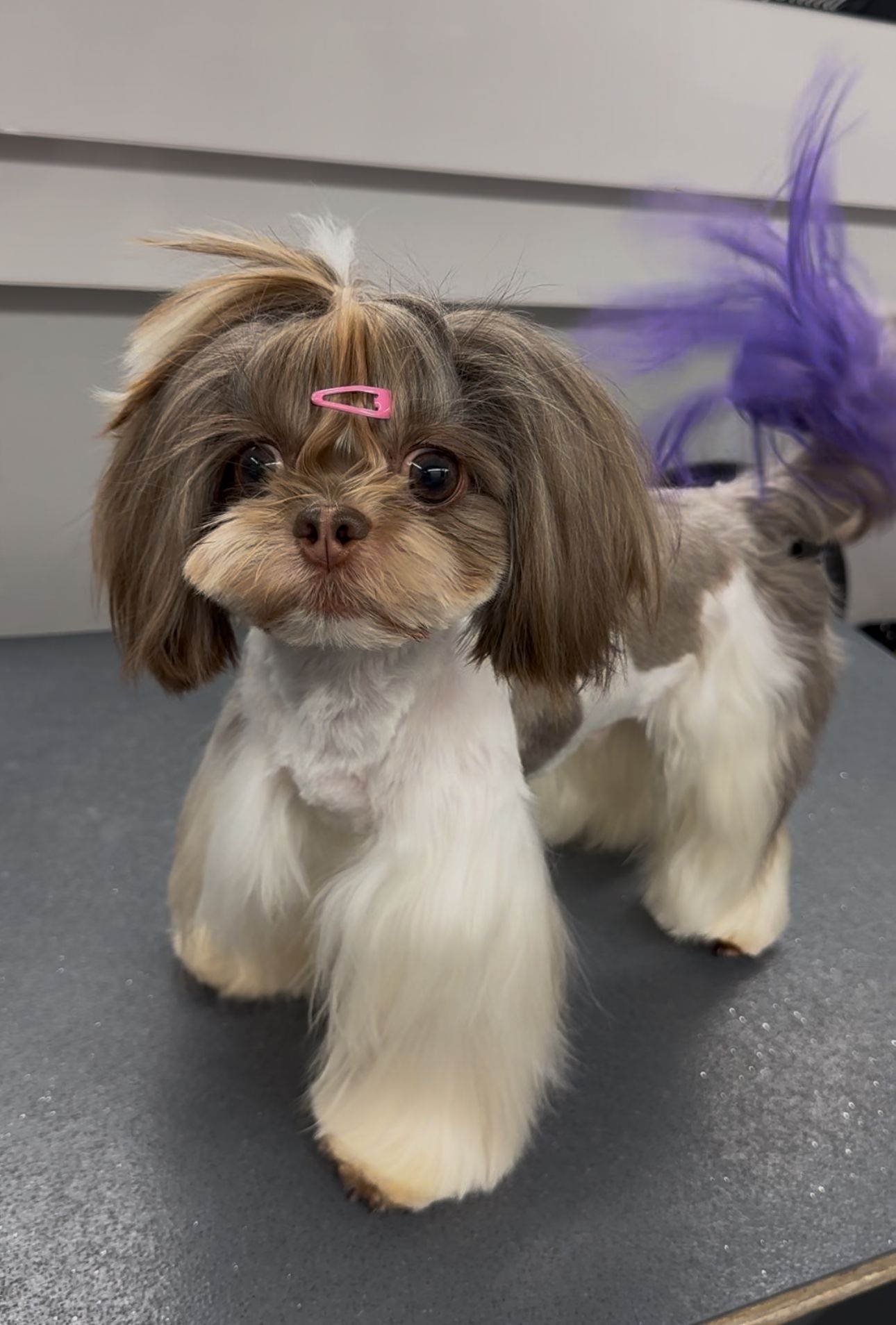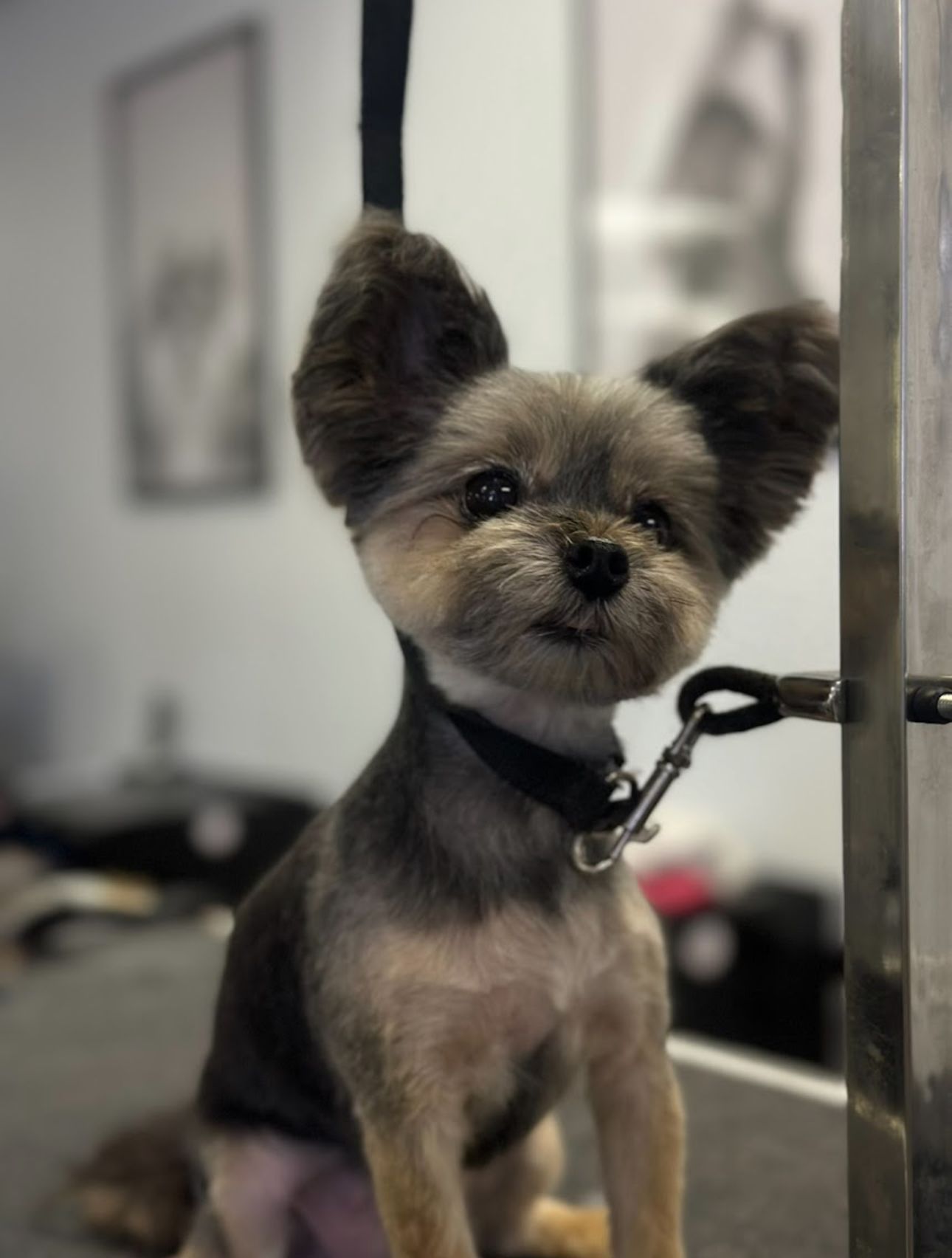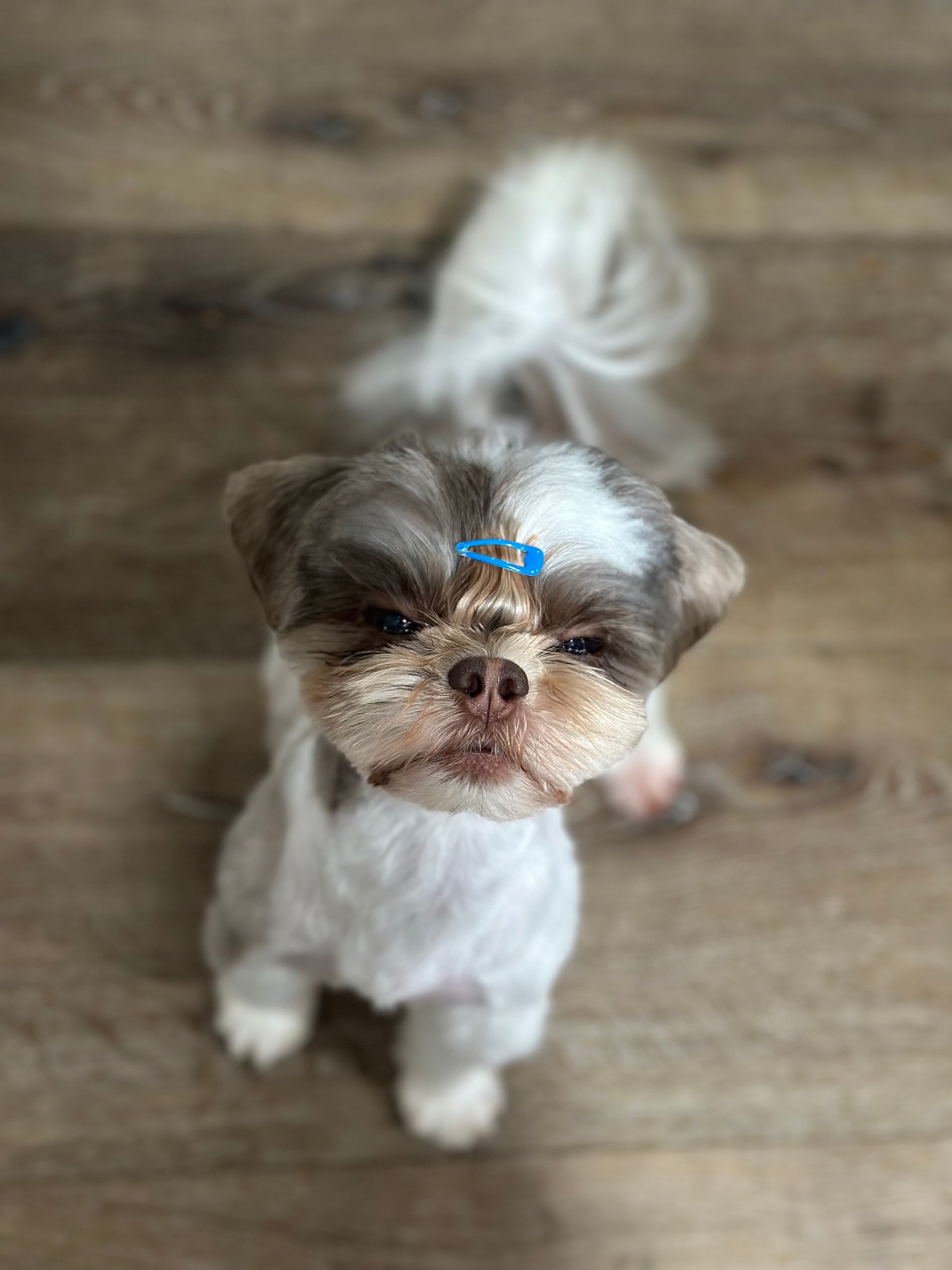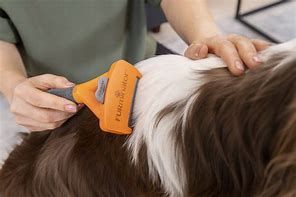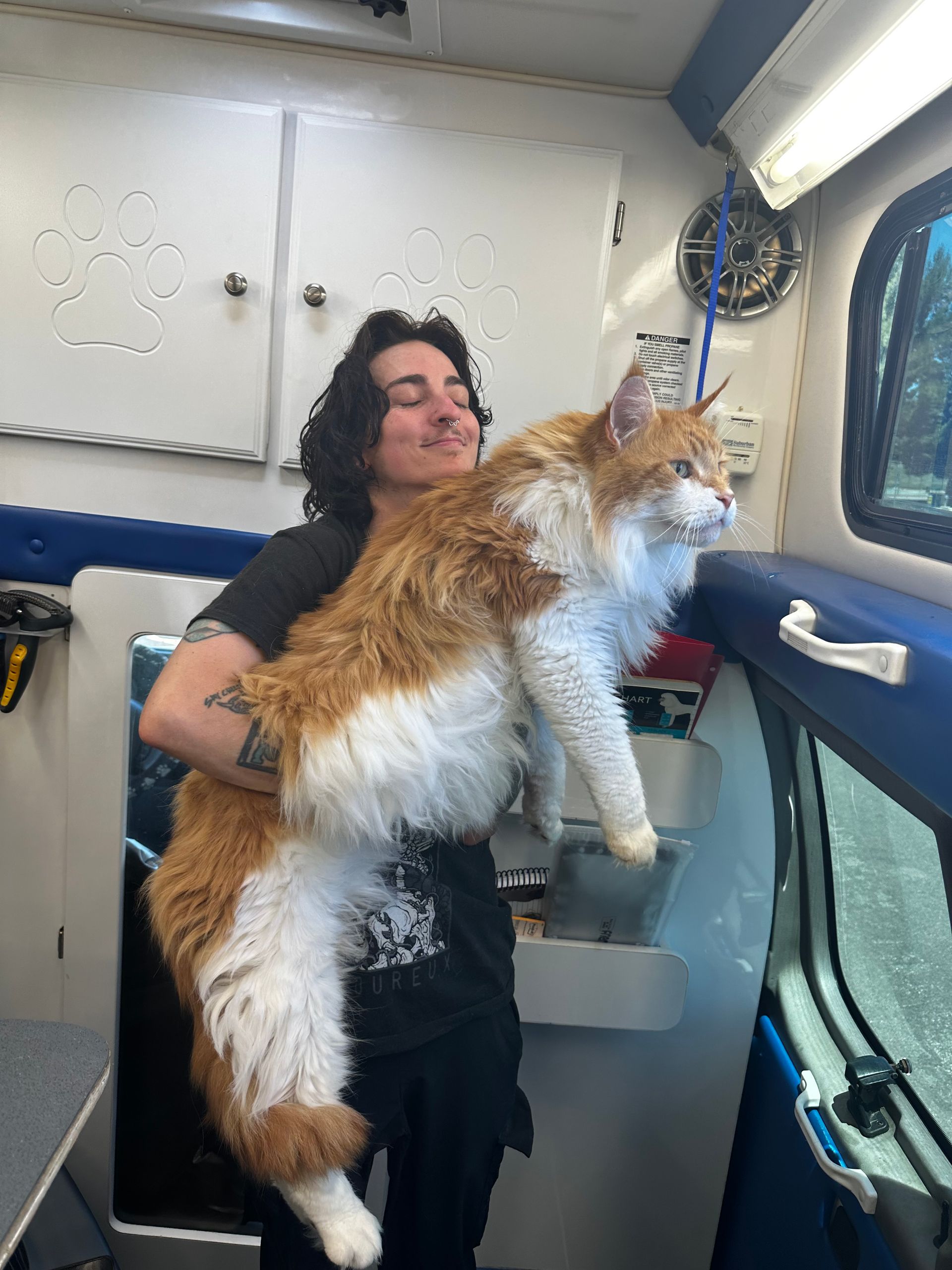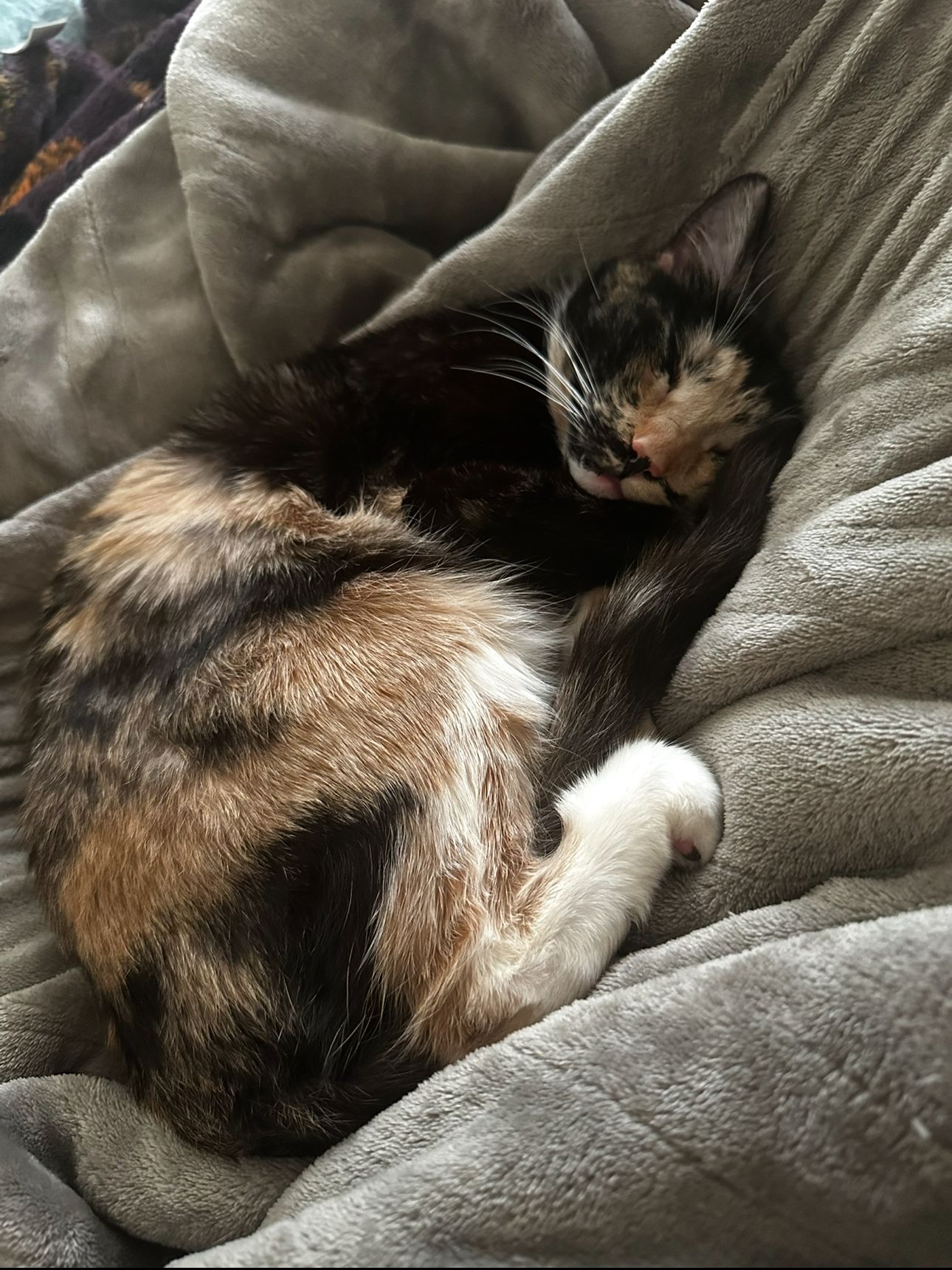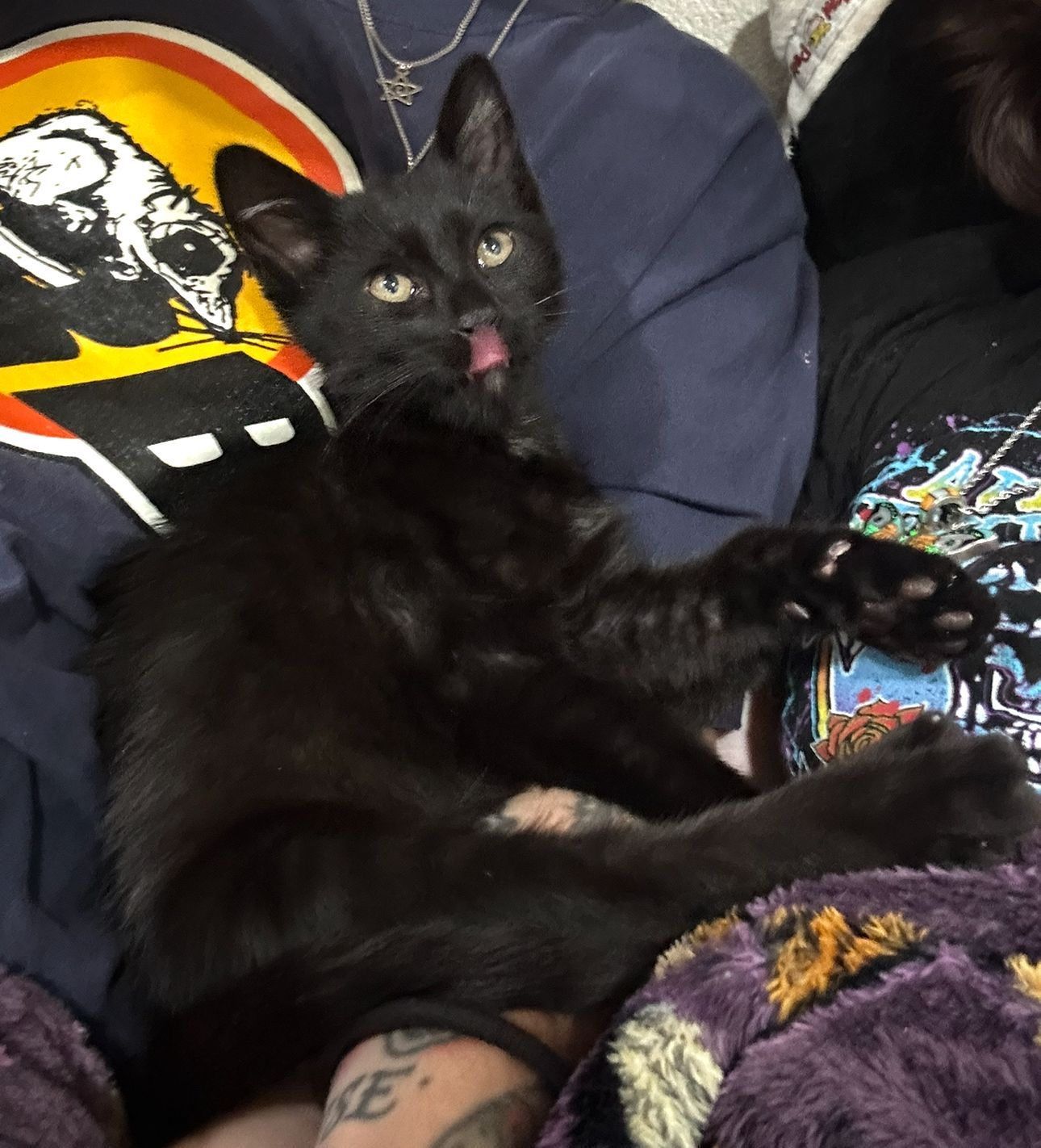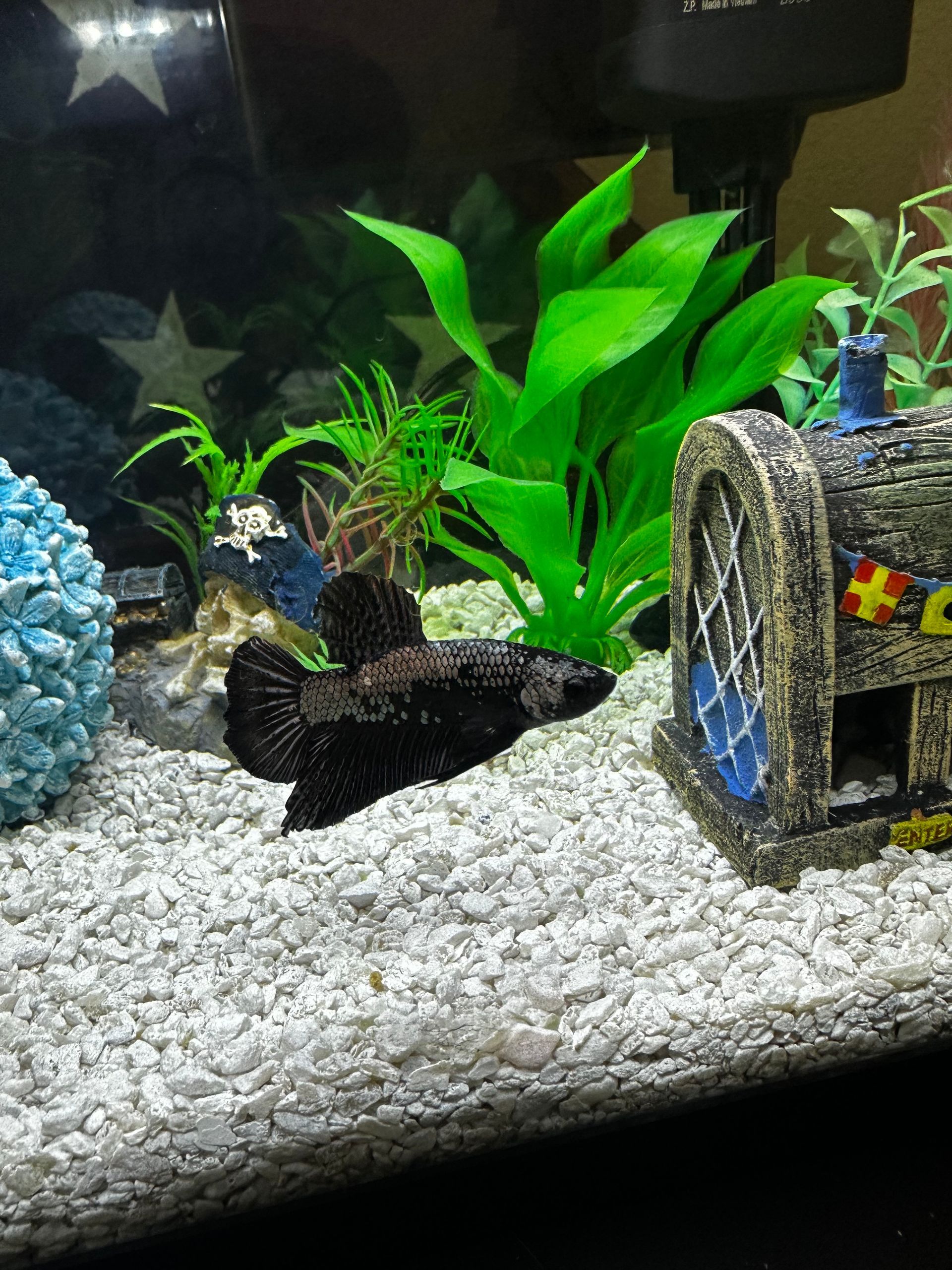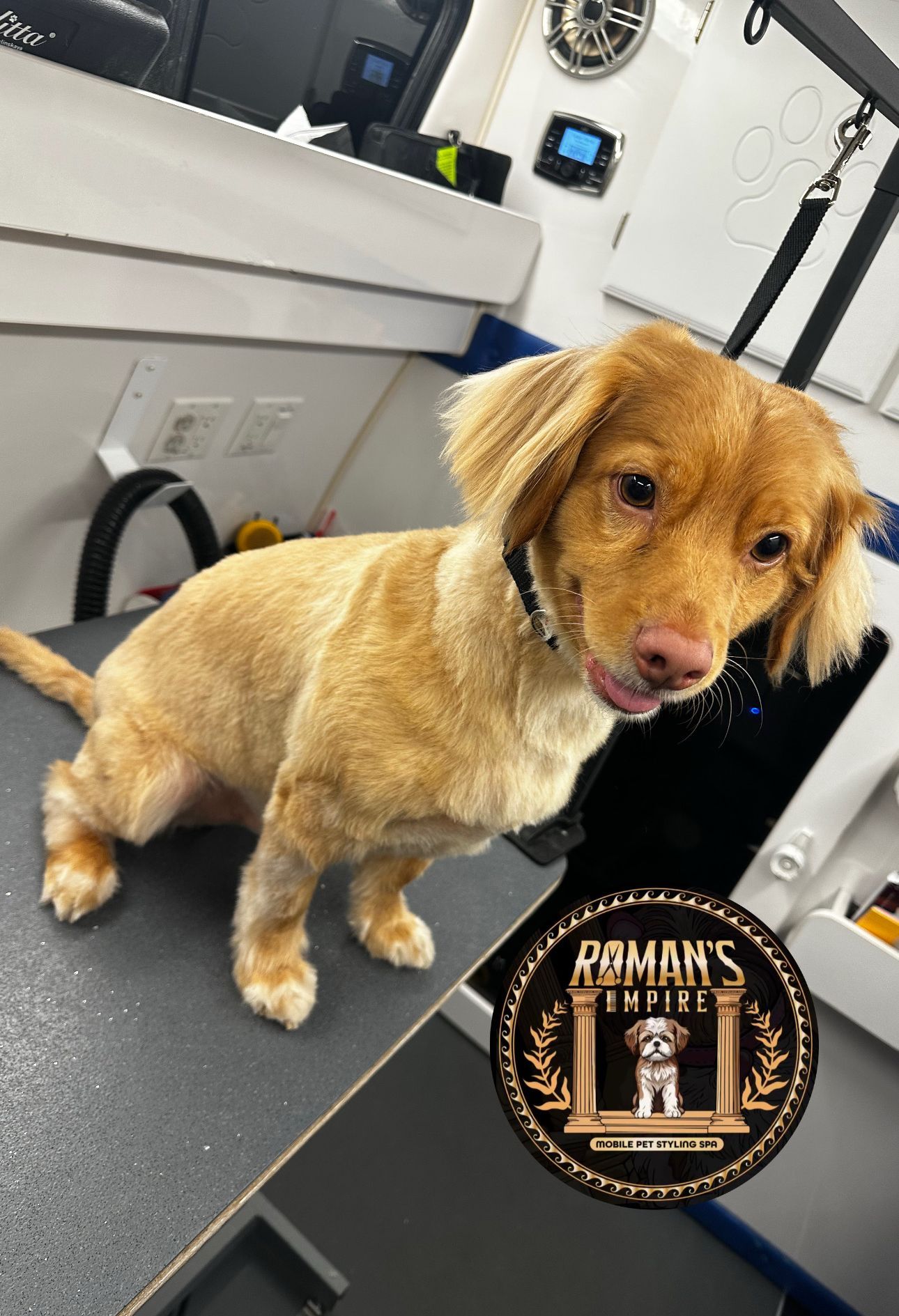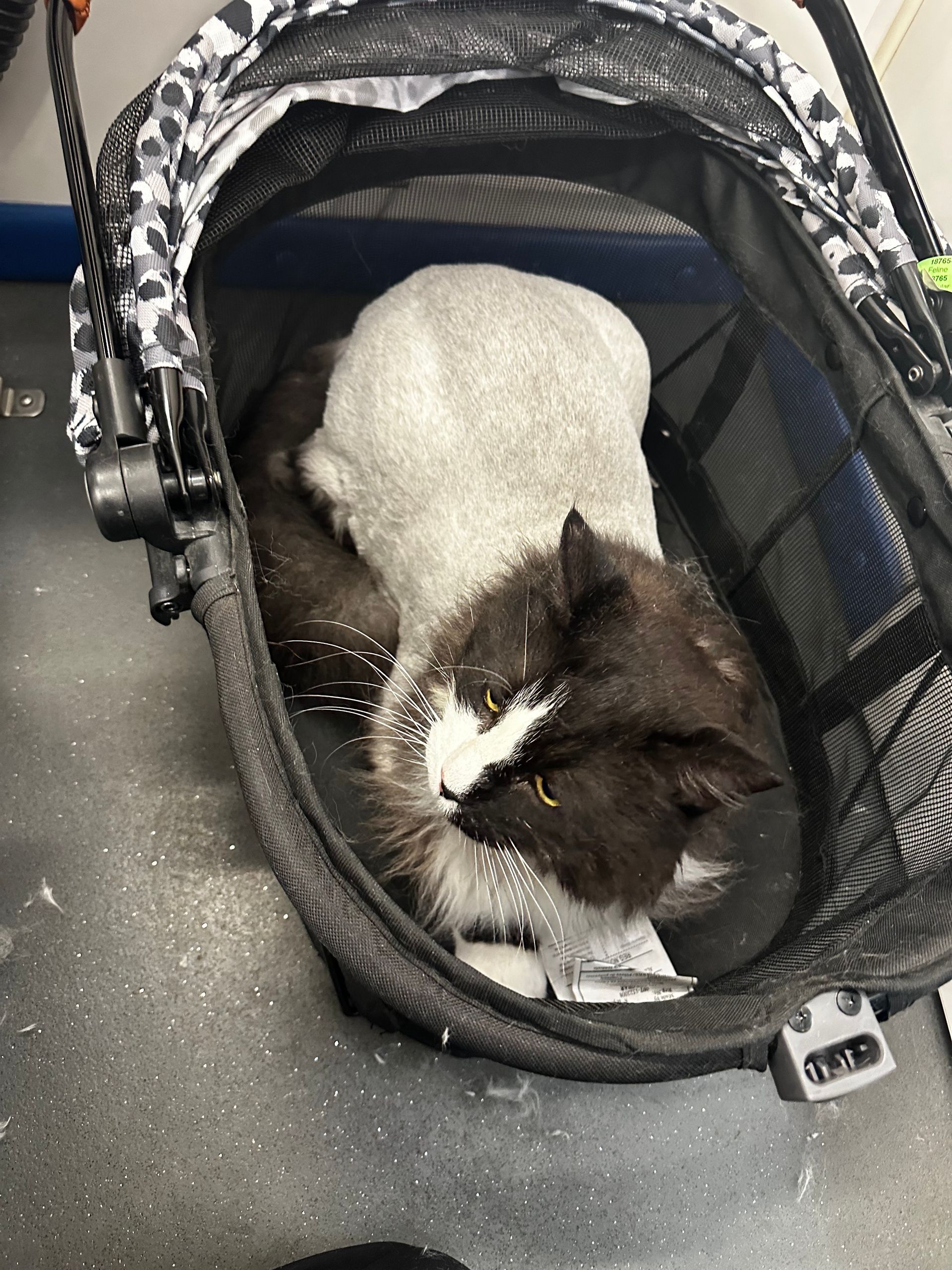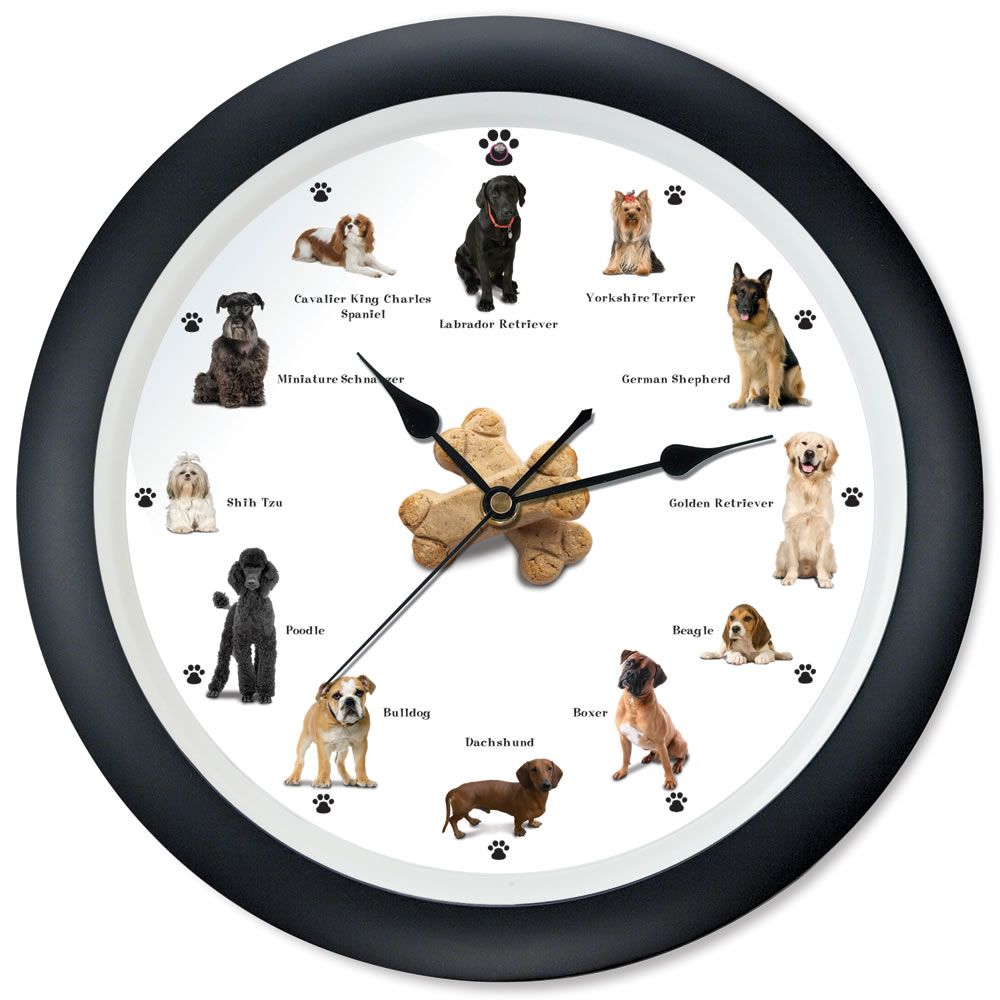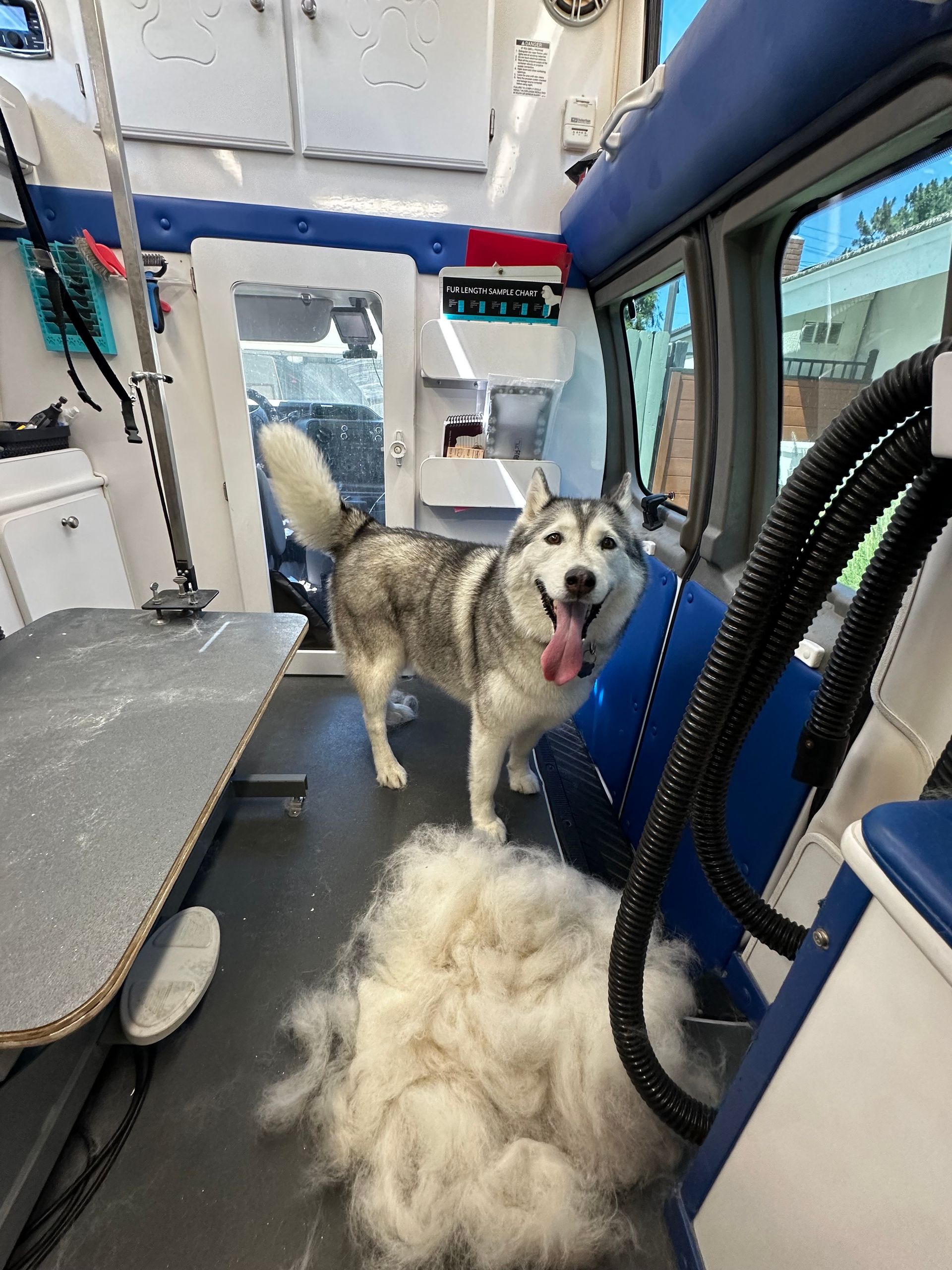Why At-Home Grooming Doesn’t Compare to Professional Grooming
Many pet parents try their best to maintain their pet’s grooming needs at home—and while baths and brushing between appointments are helpful, there’s no substitute for the care, precision, and knowledge that comes with professional grooming.
Just as going to a dentist is different from brushing your teeth at home, professional grooming plays a much deeper role in your pet’s health and comfort than most realize.
Below, we break down exactly what makes professional grooming so essential—and why DIY efforts, even with the best intentions, simply don’t compare.
1. What Professional Grooming Involves (And Why It’s More Than a Haircut)
Professional grooming is a full-service wellness appointment—not just a bath or haircut. It includes:
- A full skin, coat, ear, nail, and sanitary check
- Proper prepping, bathing, drying, brushing, trimming, and styling
- Breed-specific knowledge and coat care
- Coat and skin health evaluations
- Nail trimming and filing to safe lengths
- Anal gland checks (external only when needed)
- Ear cleaning using appropriate veterinary-grade products
- Comfort-first handling and desensitization work
[Read more in our post: What Professional Grooming Actually Involves]
More importantly, your groomer is often your pet’s first line of defense. We spot subtle shifts in skin texture, coat density, odor, weight, or behavior. These changes may point to underlying health issues—from allergies and parasites to pain or early illness. We see your pet more often than most vets, and we notice the small details that can make a big difference.
2. Tools, Products & Technique: The Quality Gap
There’s a significant difference between household tools and professional grooming equipment:
- High-grade dryers that remove undercoat safely and dry deep into the coat without overheating
- Specialty grooming tables that support your pet’s comfort and the groomer’s ergonomics
- Custom-formulated shampoos and conditioners designed for coat health, shedding control, and sensitive skin
- Precision grooming tools like high-carbon steel shears, pin rakes, undercoat rakes, and variable-speed clippers with interchangeable blades and snap-on combs
Professional groomers invest thousands into their equipment—and years into perfecting the technique that goes with it. We don’t just brush or bathe—we exfoliate, lift packed coat, protect the skin barrier, and layer grooming stages in a specific sequence for optimal results.
See why professional grooming does not strip natural oils
3. Drying and Brushing: Where the Real Groom Begins
Drying may seem like a small step, but it’s one of the most technical parts of a groom. A bone-dry coat is essential before trimming or styling.
If moisture is left behind:
- It can lead to mildew-like skin infections
- Matting can tighten and worsen
- Clippers or scissors will snag or cut unevenly
Professional drying techniques involve directional blowouts with specialized nozzles to open the coat, lift dead undercoat, and prevent heat concentration. Brushing follows a specific method to prevent brush burn—a skin injury from improper brushing direction, pressure, or tool choice.
These aren’t intuitive techniques—they're trained, practiced, and fine-tuned.
4. Behavioral Knowledge & Handling Expertise
DIY grooming at home is typically done in a quiet, low-pressure setting—but that doesn’t prepare pets for professional environments.
A dog who’s “fine” at home may panic in a professional groom due to:
- Unfamiliar tools and sounds
- Physical restraint and handling
- Standing for extended periods
- High-velocity drying
- Table elevation and rotation
Without desensitization, this shift can be overwhelming.
[Read: Why Puppy Grooming Matters Early – even for at-home prepped dogs]
Professional groomers are trained to read canine and feline body language, anticipate stress signs, and handle pets appropriately to reduce trauma and build trust. This level of behavior awareness is vital—and often absent from DIY settings.
Learn why cheap grooming isn't a bargain.
5. The Risks of Improper At-Home Grooming
Despite the best intentions, at-home grooming can cause or overlook serious issues:
- Brush burn from improper tools or technique
- Clipper burn or nicks from dull blades or wrong angles
- Worsening matting from washing without brushing
- Skin irritation from improper shampoo dilution
- Infections from damp ears or coats
- Overlooked health concerns like lumps, parasites, wounds, or abnormal growths
.
Many DIY groomers don’t realize how much they’re missing—until a vet visit or professional groomer discovers the aftermath.
6. Environment Matters
Even an in-home professional groom is very different from grooming your own pet at home.
Professionals have a dedicated setup that’s designed for safety, sanitation, and efficiency. We work with your pet’s posture, coat, and comfort in mind—without shortcuts. Our vans and salons are:
- Climate-controlled and sound-insulated
- Sanitized between each client
- Fully stocked with every tool we may need
- Designed for your pet’s security and ease of movement
This environment can be unfamiliar—but with proper training, pets adjust quickly and come to feel safe in our hands.
Conclusion: At-Home Has a Place—But It’s Not a Replacement
At-home care is a valuable supplement. It keeps your pet cleaner between grooms, extends the lifespan of your groom, and builds your bond. But it will never replace the knowledge, training, tools, or insight that comes from a true professional groom.
Think of grooming like a wellness appointment. It’s not just about how your dog looks—but how they feel, move, and live day to day.
[Also read:
Why Cheap Grooming Isn’t a Bargain]
[Also read:
What Happens When You Start Professional Grooming Later in Life]
